Your offer stopped receiving traffic, and users don’t even click your top-converting creatives anymore? This might be the first sign of the offer saturation.
Don’t worry, though: if you are not saturated yourself, offer saturation is not that big a deal. What should you do? In this post, we figured it out with top media buying experts.
What is Saturation?
Offer saturation is a situation where an offer has been successfully promoted by too many marketers and too many platforms. What’s the result? The offer becomes oversaturated, e.g.:
- A player’s LTV drops lower than the advertiser’s KPI
- The CTRs go down, and so do conversions
- Ad prices rise, but there’s still no effect
- Brands lower the payouts
- The fraud percentage is rising
There’s a bit of a paradox here: you’d expect brand trust to grow, so why does the opposite happen? Konstantin Ulanov, co-founder of the UFFILIATES CPA network, explains it this way:
Over time, brand trust does grow, but the audience with high ARPU (Average Revenue Per User) has already been captured. The remaining users respond worse: the registration conversion rate drops, and customer acquisition cost (CAC) goes up.
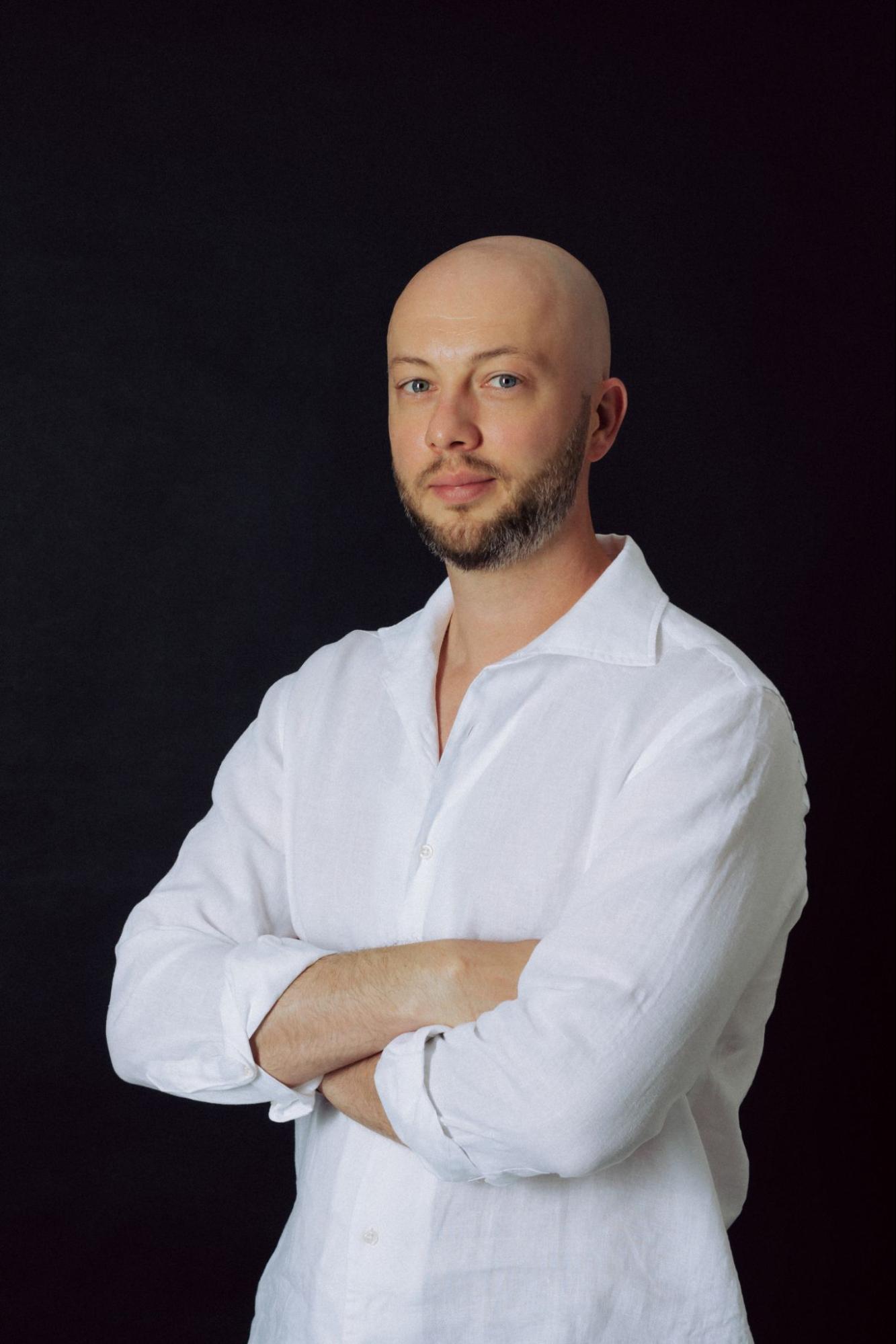
Konstantin Ulanov, co-founder of the UFFILIATES CPA network
Note: Saturation is not always about the offer itself. It can happen on the level of a certain GEO, a creative, or a bundle. As Misha, the Head of Affiliates at Riddick’s Partners, puts it:
‘an offer is not just a brand or product: it’s a set of conditions for both players and partners: payment systems, UX, speed and complexity of player verification, localization, and more. So, everything can have an impact: changes in CPA terms, aggressive activity from affiliates that “burn out” the GEO, overall product stability, major changes within the GEO itself (licensing, product issues, payment system problems).’
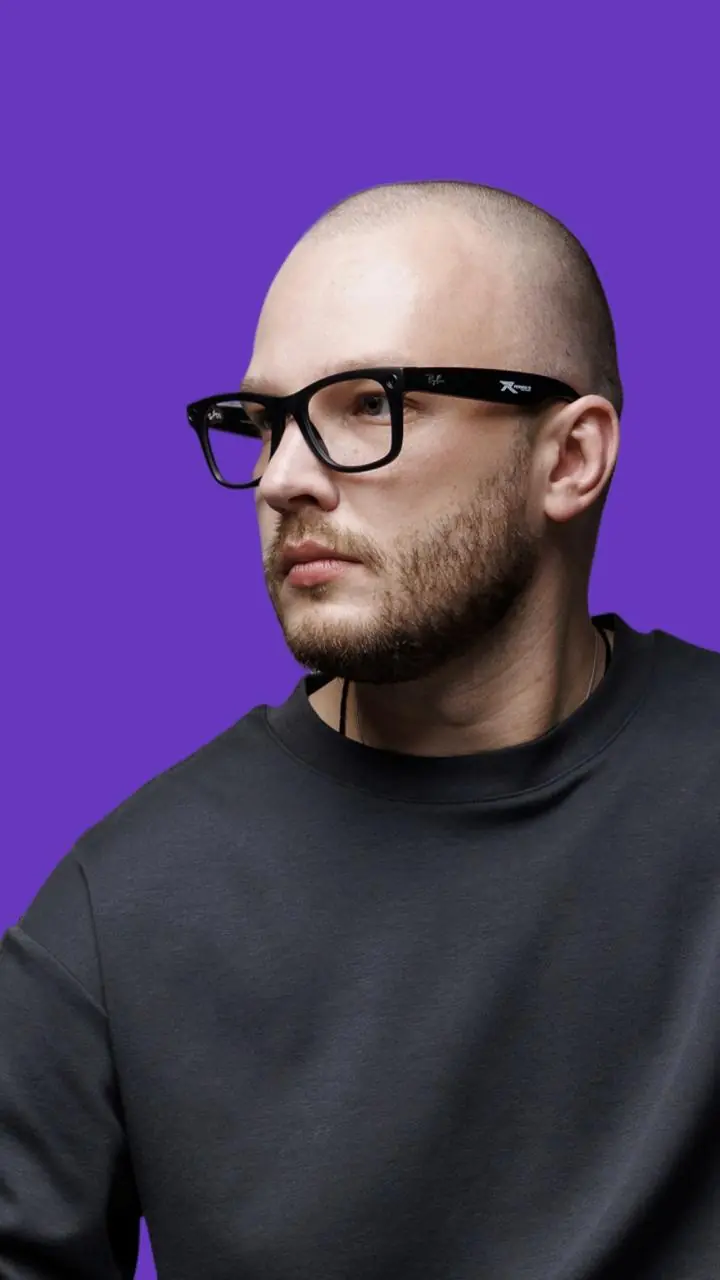
Misha, the Head of Affiliates at Riddick’s Partners
How Do You Know You are Into Saturation?
The signs of saturation might be similar to other issues: You entered a very overheated GEO or picked a low-quality offer, though. How can you make sure you ran across saturation exactly and not confuse it with other reasons?
Here are comparison tables to check for a quick test of your situation.
Saturation vs poor offer
| Offer saturation | Poor offer | |
| Did it work before? | Yes, and had a positive ROI | No, it was always into red |
| The first signs | The stats dropped gradually | ROI has always been negative |
| Results in other GEOs | Works better | Still doesn’t work |
| Traffic source change | Might help | Doesn’t help |
| Audience behavior | Users are not interested in the offer like they were before | Users are not interested at all |
| Marketers reviews | Plenty of positive reviews before, recent complaints | No reviews at all, or many complaints |
| New bundles and approaches | Almost doesn’t help | Doesn’t help |
Serge Abramov, media buyer:
The main thing to pay attention to is how the offer performed at the very start. If it worked well in the beginning but suddenly dropped, you’re probably dealing with saturation. But if it was performing poorly right from the start, it’s a different story. In that case, you might want to have a little chat with your affiliate manager who handed you a not-so-great offer.
Note: even a great stable offer can go down due to technical issues. If conversions suddenly drop, stats go flat, or you start getting 404 errors, chances are the offer is broken. In that case, ping your affiliate manager right away to check what’s going on.
Saturation vs. overheated GEO
| Offer saturation | Overheated GEO | |
| Did it work before? | Yes, and had a positive ROI | Yes, and had a positive ROI |
| The first signs | CTR drops, CPL/CPA is growing, CPM and CR remain stable | CPM is growing by 30%, CTR and CR remain almost the same |
Konstantin Ulanov:
The first signs of burnout are the following: CTR is dropping, CPM remains stable, while CPL/CPA keeps increasing. It all means the algorithm is showing your ads to the same people, but they’re no longer reacting to them. An overheated auction looks different: CPM grows by 30% or more, but CTR stays almost the same; it usually means a strong competitor has entered the auction, or you’ve raised your bid too sharply.
A tip from Konstantin for Meta: check Frequency and Overlap in Meta Ads Manager: if Auction Overlap is above 20%, your own campaigns are eating each other’s impressions. A simple test: duplicate the best-performing ad set and increase the budget by 10%. If KPIs improve, budget is the problem; if not, the creative goes to the bin. In tricky cases, launch a fresh creative to the same audience. If the CTR goes up by more than 20%, it confirms burnout.
Do All Offers Saturate?
The quick answer is no. And, offers don’t usually truly die: you just see conversions and payouts drop. What’s more, the audience is very dynamic: for example, if some offer was popular among women aged 18-25, there are always new users coming.
Here are some observations on how it happens in different verticals.

iGaming
According to Konstantin, iGaming has the following lifetime statistics:
- Static banners on Instagram/Facebook keep a stable ROI for about 5-7 days; then the CTR drops to 35%-50%
- UGC videos perform well for about 10-14 days
- Native and push ads can stay alive up to a month
- The bundle ‘creative-prelander-offer’ usually performs well for 3-6 weeks

Some iGaming offers can avoid saturation for up to a year if the brand doesn’t leave the market. If you change a bundle, the offer can stay live even longer.
This is a vertical with a huge saturation percentage, because tons of offers come from sketchy one-day sites. Here is how it happens: a user pays to start chatting with someone he likes… but surprise, that “someone” doesn’t even exist. Obviously, they won’t pay for that a second time. Overall, such users have a super short lifetime.
Meanwhile, big trusted brands don’t play those games, and their offers last much longer.
eCommerce
Here, an offer’s lifetime depends on the number of people who have yet to use the brand’s service. For example, AliExpress offers are evergreen. The only change they undergo is the offer conditions, which become less profitable for media buyers.

WOW-effect goods
WOW-goods – highly visual, unusual, or super practical items that are supposed to solve a user’s issue quickly and easily – have a quicker burnout. It happens because people don’t usually purchase them for the second time. What’s more, social networks did their job: plenty of disappointed reviews add up to the overall offer saturation effect.
On the other hand, there are always new WOW-effect goods on the market. Everyone is tired of trying to lose weight with Keto Gummies? Alright, here you go: Chocoslim and slimming patches no one’s roasted on social media yet.
Mobile apps
You’ve probably done it yourself: deleted an app, then saw an ad and installed it again. Photo editors, step counters, meditation tools, or fun little games – users delete and reinstall them over and over.
That’s why app offers don’t burn out the way typical Nutra or Social ones do. As long as the funnel is smooth and the brand is okay with the fact that a big deal of traffic comes from reinstalls, it works well.
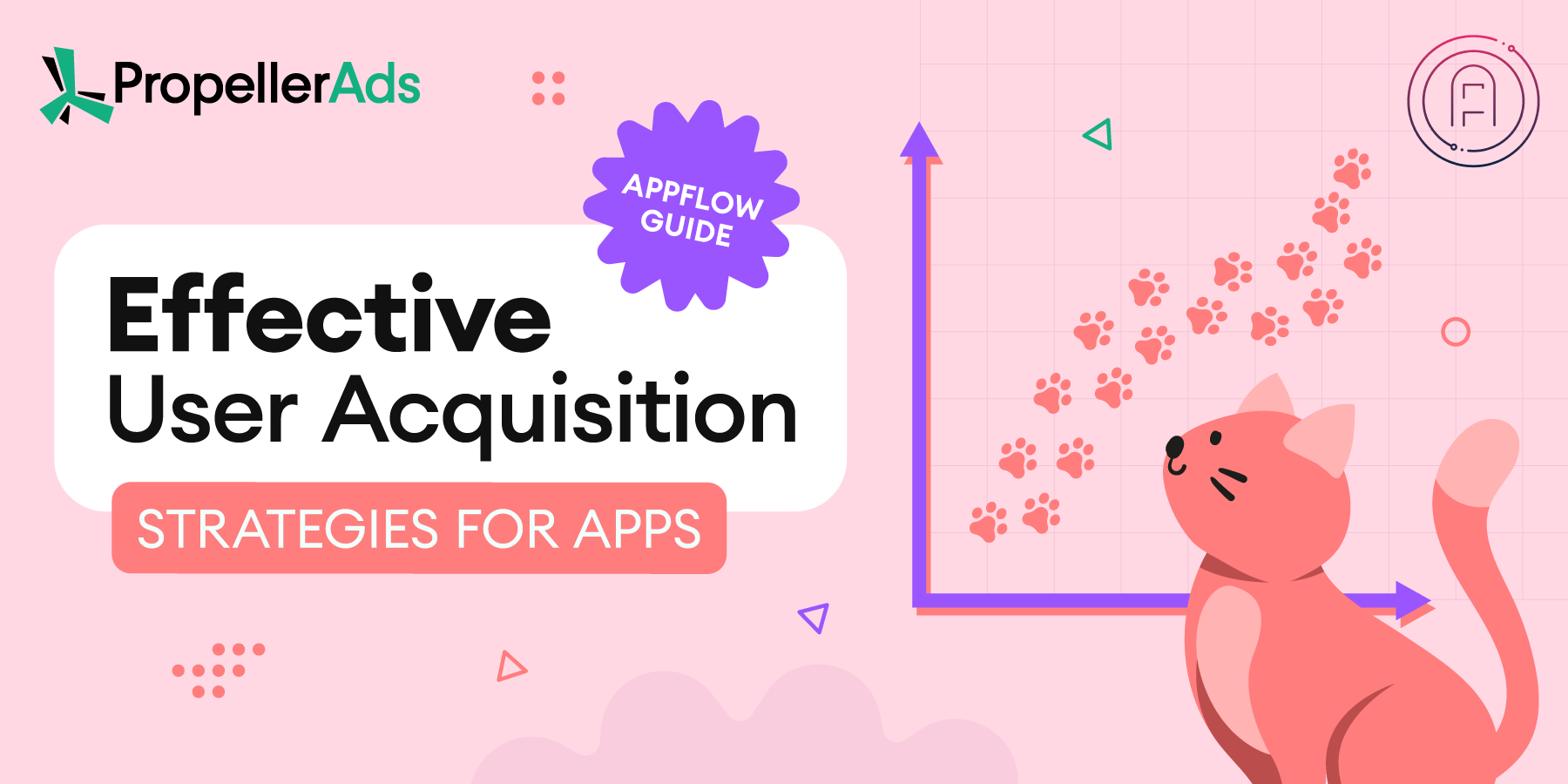
Insurance
Insurance is a stable, serious business. It’s not a vertical with one-day apps that want to grab some quick profit and go. It implies complicated funnels and pretty slow decision-making from users. So, the offers don’t usually saturate here: users take their time, traffic warms up gradually, and performance can stay stable for years.
The same happens with legit finance offers.
Crypto
Big and trusted crypto-related brands like Binance are also stable. However, the niche is full of untrustworthy offers, and they—luckily—burn out very quickly. This mainly happens because of the legal pressure: unreliable brands are constantly being hunted down.
Since this could have significant legal implications, these projects try to make as much money as fast as possible and then disappear. (Needless to say, they are not allowed in Propeller).
To sum up: “white” and fully legit offers rarely saturate. The biggest saturation always happens when it comes to something shady. Trusted iGaming sites, apps, eCommerce, finance, and insurance offers can convert steadily for years.
How to Beat Saturation: The Master Plan
Saturation isn’t something that remains forever, even for the verticals that are more inclined to burnouts. Sometimes, a quick tweak to your bundle or duplicating the campaign to a fresh audience segment can be enough to go back in the green.
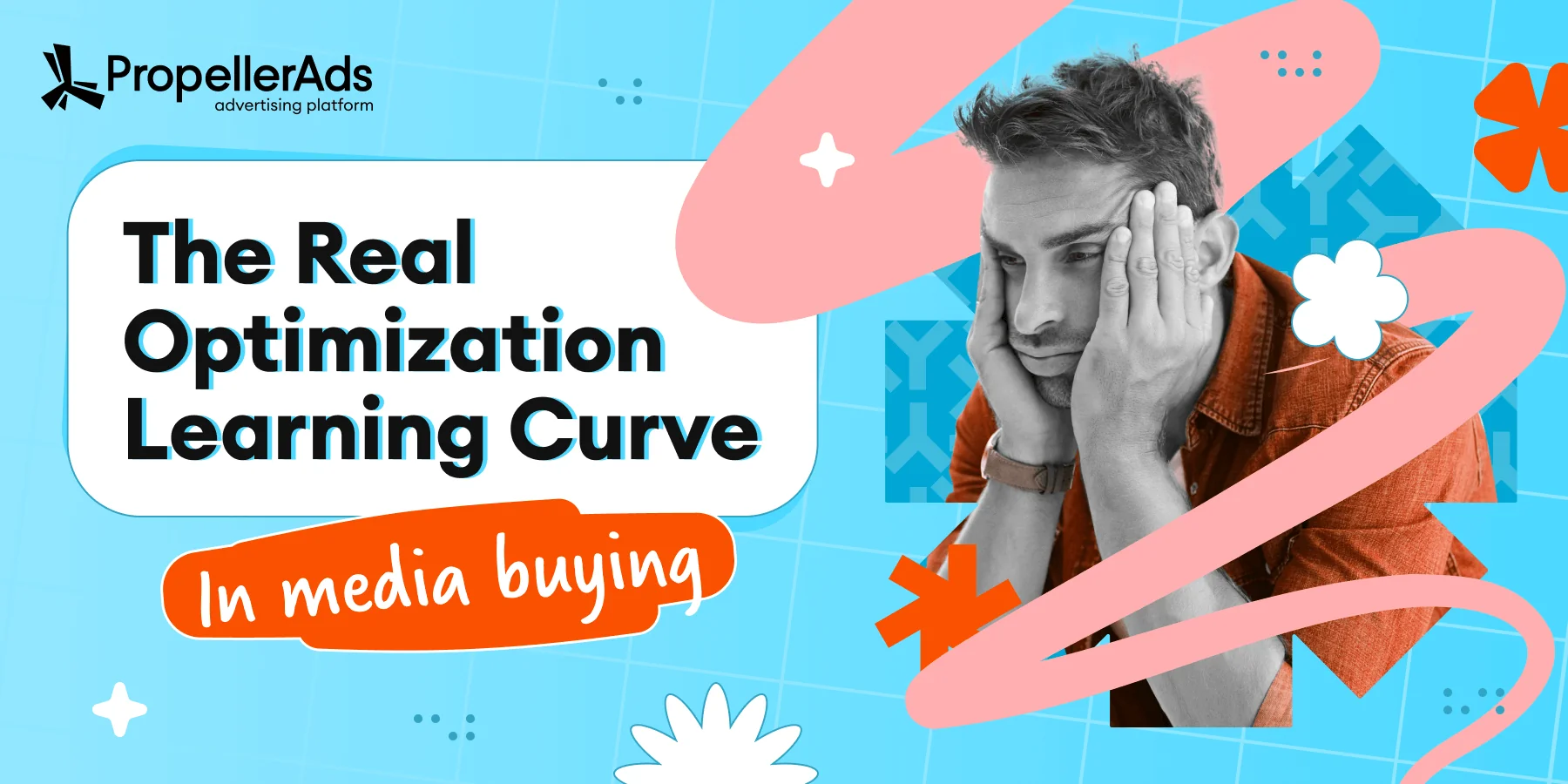
Find new creative ideas
Sometimes, users are just fed up with a creative, not the offer itself. Even small changes might be enough: if your CR drops more than 25% while CTR stays stable, change the visuals, not the text. But if the clicks themselves are going down, it’s time to explore new ideas.
Konstantin:
The fastest way to generate new ideas is to peek at the market using spy tools like AdPlexity, Tyver, BigSpy, or AdHeart. You can also use a content calendar built around major events (Euro 2028, World Cup qualifiers, esports majors) to make fresh, clickable creatives.
For longer-lasting performance, try switching between formats: static banners, UGC-style shorts, or interactive quizzes on a pre-lander. Finally, consider influencer or streaming-style creatives. They’re more expensive to produce but can last over 3–4 weeks without a drop in CR.
As Misha adds, the best ideas are always a mix of learnings. So, you can also get inspired from:
- Tips from partners, friends, or even competitors: don’t ignore conferences and meetups for that
- Your own campaigns: keep an eye on what actually triggers conversion
- Ideas and hooks from other verticals

Use a brand-blind approach
Another issue with creatives is that some iGaming, Insurance, or Finance brands don’t allow you to use your own prelanders and banners. Instead, you receive a fixed creative pack with only limited customization options to match your landing page or site design. Such creatives look generic, overly polished, and are usually not very clickable. That’s why some media buyers don’t even bother with these offers.
However, there is also a life hack for that:
Konstantin:
Use a ‘brand-blind’ approach: a general visual with an offer-focused call-to-action, but without mentioning the brand name. The brand will appear later in the funnel – on a pre-lander or a deep link.
Reuse old creatives
Great creatives never truly die. If a creative performed well, you can try to reuse it in new GEOs (as long as they are culturally neutral).
In fact, even after a few years, you can bring back an old winning ad: by then, the audience has completely refreshed, and users from the same demographic are likely to engage just as strongly as before.
Pick exclusive offers
The fewer media buyers promote an offer, the lower the competition, and the longer it takes before saturation kicks in. Does it mean that getting access to some exclusive offers with a limited number of affiliates involved might help?
Absolutely yes: good CPA networks are ready to share exclusive offers with their top partners.
Konstantin:
Exclusive offers mean fewer affiliates running them, which results in a lower average ad frequency and extends the creative’s lifespan by 25-40%. Top networks (including UFFILIATES) provide top media buyers with private offers that have less competition. What’s more, such offers have test caps and flexible KPIs, allowing you to run small volumes for quick optimization. A good idea is to keep at least two private offers in your portfolio: it helps reduce the risk of all traffic streams going down at once.
To get access to such offers, you need to qualify: run high-quality traffic, communicate with CPA network managers, and look for ways to make your collaboration more profitable.
Misha:
Most importantly, build a good relationship with the Head of Affiliates. They can always help out and provide you with early access to promising offers.
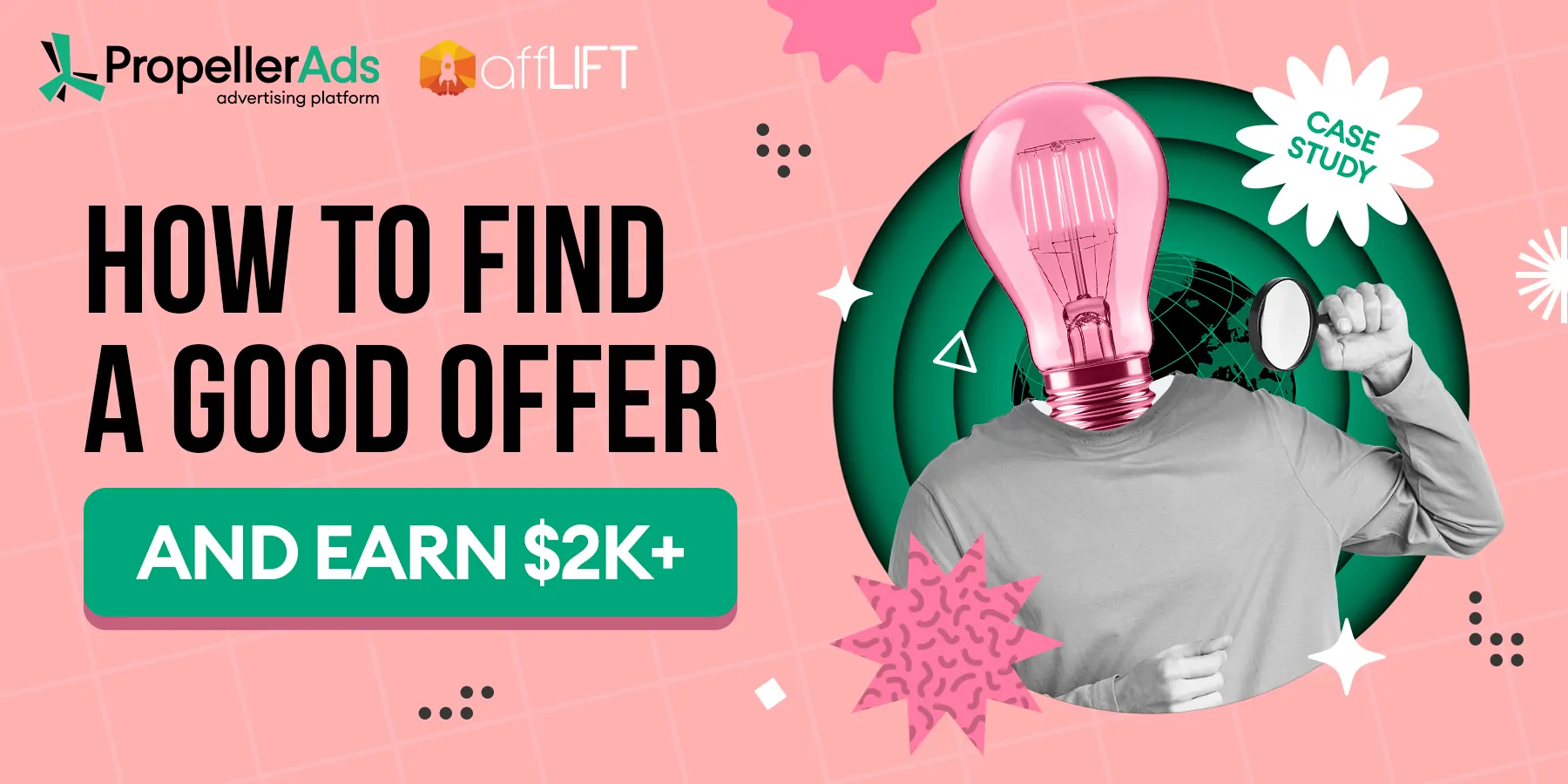
Try out new GEOs
As Konstantin says, the lower the competition and the weaker the local media buying community, the slower the saturation. For example, some of the longest-lasting Social markets right now are Mexico, Philippines, Thailand, and Colombia — creatives in these regions tend to maintain strong ROI 1.5–2 times longer than in saturated Tier-1 GEOs like the US or UK.
Other promising markets include Brazil, South Africa, and Malaysia, where Social campaigns still show solid results. Meanwhile, in highly competitive markets like Germany, creatives tend to burn out faster due to stricter regulations and intense affiliate competition.
Final Words
A couple of main takeaways to sum it all up:
- Offer saturation doesn’t mean it’s over
- Saturation is more likely when you deal with grey schemes and one-day brands
- Watch your numbers to catch saturation early and fix it fast
- Keep changing your creatives and try new ideas to stay fresh.
- Use different traffic sources and GEOs to avoid burnout
And, if you want a partner that won’t ghost you when things get tough, PropellerAds has your back with smart tools and fresh traffic.
Join our Telegram for more insights and share your ideas with fellow-affiliates!

.jpeg)
.jpg)













.png)
.png)
.jpeg)
.png)




 English (US)
English (US)